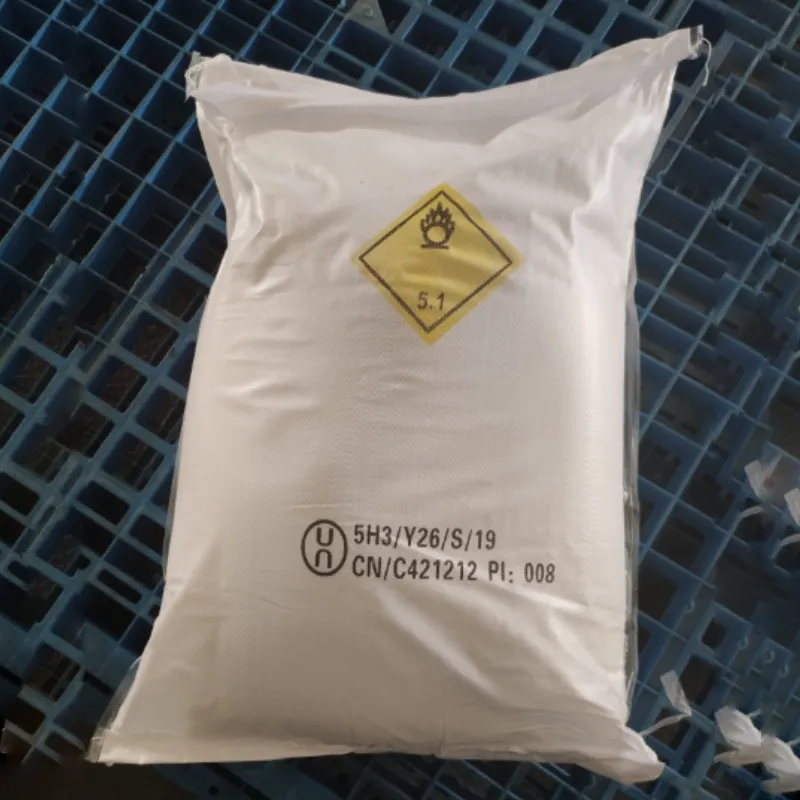
Exploring the Benefits and Applications of Emulsifier E322 and E476 in Food Industry
Understanding Emulsifiers A Focus on E476 and E322
Emulsifiers are essential ingredients in the food industry, playing a pivotal role in creating stable mixtures of oil and water. Two common emulsifiers that frequently appear in food products are E322 and E476. Understanding these emulsifiers is vital for consumers and manufacturers alike, as they contribute to the texture, flavor, and shelf-life of many processed foods.
What are E322 and E476?
E322, also known as lecithin, is a natural emulsifier derived from sources like soybeans, sunflower seeds, or egg yolks. Lecithin is widely employed in various food products, including chocolate, margarine, and dressings, due to its ability to blend fat and water. It works by reducing the surface tension at the interface of oil and water, effectively allowing them to mix and remain stable over time.
On the other hand, E476, or Polyglycerol Polyricinoleate (PGPR), is a synthetic emulsifier often used in chocolate and confectionery to improve the texture and mouthfeel. It enhances the flow properties of these products, allowing for smoother textures and better viscosity, which can be particularly beneficial in chocolate production. E476 is also known for its ability to reduce the fat content in products without compromising taste or quality.
The Importance of Emulsifiers in Food Production
emulsifier 322 476

Emulsifiers like E322 and E476 are critical in the food technology field. They create consistent and appealing products that are more palatable and shelf-stable. For instance, without emulsifiers, salad dressings would separate into oil and vinegar layers, and chocolates would not achieve the smooth consistency that consumers expect.
Moreover, emulsifiers contribute to the formation of air bubbles in whipped products, leading to light and airy textures in creams and mousses. They also play a significant role in extending the shelf life of products by preventing the separation of ingredients, which helps maintain the product's quality over time.
Health Considerations
While E322 and E476 are generally recognized as safe by food safety authorities, there are health considerations associated with their consumption. Lecithin (E322), particularly when derived from soy, may raise concerns for individuals with soy allergies. Conversely, E476 has raised questions regarding its synthetic origin, leading some consumers to prefer natural alternatives. Nonetheless, both emulsifiers are widely used and accepted within regulated limits.
Conclusion
In summary, E322 and E476 are crucial emulsifiers that facilitate the blending of oil and water in various food products. Their application enhances the texture, stability, and shelf life of food items, making them indispensable in modern food manufacturing. As consumers become increasingly aware of food ingredients, understanding the roles of emulsifiers will help in making informed choices about the products we consume. While concerns about health and additives persist, it is essential to balance enjoyment and nutritional value in our diets.
-
Aluminum Hydroxide: Quality Gels & Dried Gel AntacidNewsAug.31,2025
-
Buy High-Quality Trichloroisocyanuric Acid for Sale | TCCA 90% SupplierNewsAug.30,2025
-
Pure Sodium Dichloroisocyanurate Dihydrate | Powerful DisinfectantNewsAug.29,2025
-
Industrial Chemicals: Quality & Purity for Every IndustryNewsAug.28,2025
-
Nitrile Rubber Honoring Strict Production StandardsNewsAug.22,2025
-
Aspartame Ingredients Honoring Food Safety ValuesNewsAug.22,2025
-
Fertilizer for Balanced Plant NutritionNewsAug.22,2025
Hebei Tenger Chemical Technology Co., Ltd. focuses on the chemical industry and is committed to the export service of chemical raw materials.
-

view more DiethanolisopropanolamineIn the ever-growing field of chemical solutions, diethanolisopropanolamine (DEIPA) stands out as a versatile and important compound. Due to its unique chemical structure and properties, DEIPA is of interest to various industries including construction, personal care, and agriculture. -

view more TriisopropanolamineTriisopropanolamine (TIPA) alkanol amine substance, is a kind of alcohol amine compound with amino and alcohol hydroxyl, and because of its molecules contains both amino and hydroxyl. -

view more Tetramethyl Thiuram DisulfideTetramethyl thiuram disulfide, also known as TMTD, is a white to light-yellow powder with a distinct sulfur-like odor. It is soluble in organic solvents such as benzene, acetone, and ethyl acetate, making it highly versatile for use in different formulations. TMTD is known for its excellent vulcanization acceleration properties, which makes it a key ingredient in the production of rubber products. Additionally, it acts as an effective fungicide and bactericide, making it valuable in agricultural applications. Its high purity and stability ensure consistent performance, making it a preferred choice for manufacturers across various industries.





